Elements of morphology: standard terminology for the external genitalia
- PMID: 23650202
- PMCID: PMC4440541
- DOI: 10.1002/ajmg.a.35934
Elements of morphology: standard terminology for the external genitalia
Abstract
An international group of clinicians working in the field of dysmorphology has initiated the standardization of terms used to describe human morphology. The goals are to standardize these terms and reach consensus regarding their definitions. In this way, we will increase the utility of descriptions of the human phenotype and facilitate reliable comparisons of findings among patients. Discussions with other workers in dysmorphology and related fields, such as developmental biology and molecular genetics, will become more precise. Here we introduce the anatomy of the male and female genitalia, and define and illustrate the terms that describe the major characteristics of these body regions. Published 2013. This article is a U.S. Government work and is in the public domain in the USA.
Published 2013 Wiley Periodicals, Inc.
Figures

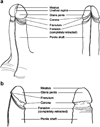
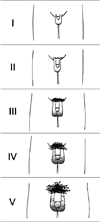

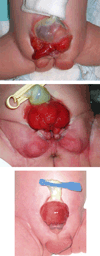

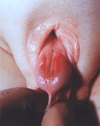















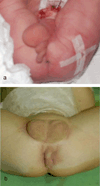
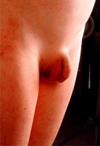

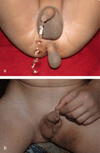
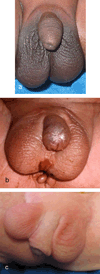


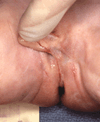
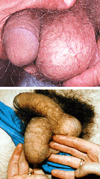
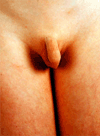

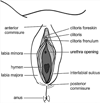
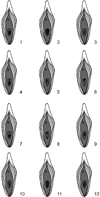
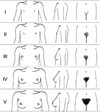



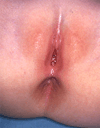
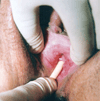








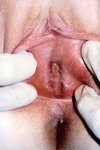

References
-
- Adams MV. The multicultural imagination: Race, color, and the unconscious. London: Routledge; 1996. p. 164.
-
- Ajmani ML, Jain SP, Saxena SK. Anthropometric study of male external genitalia of 320 healthy Nigerian adults. Anthropol Anz. 1985;43:179–186. - PubMed
-
- Akbiyik F, Kutlu AO. External genital proportions in prepubertal girls:Amorphometric reference for female genitoplasty. J Urol. 2010;184:1476–1481. - PubMed
Publication types
MeSH terms
Grants and funding
LinkOut - more resources
Full Text Sources
Other Literature Sources

